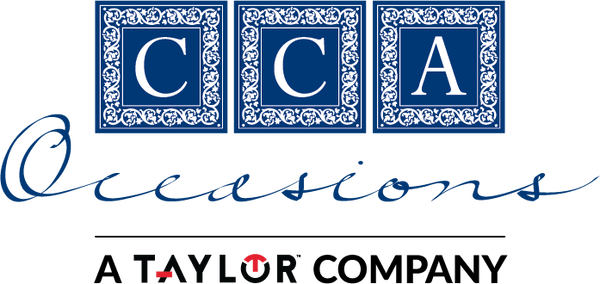Wire Binding
Wire Binding: A Versatile Binding Solution for a Myriad of Applications

Wire binding, also known as twin loop binding or double loop binding, is a versatile and efficient method of binding documents and other materials. It involves threading a wire or metal coil through a series of evenly spaced holes along the edge of the pages, securing them in a neat and organized manner. This method offers a range of benefits and can be applied to create a wide variety of products. In this essay, we will explore the numerous advantages of wire binding and the diverse range of products that can be made using this binding technique.
Benefits of Wire Binding:
Durability: Wire binding is renowned for its exceptional durability. The metal wire used in this binding method is robust and long-lasting, ensuring that bound documents remain intact even with frequent handling. This makes it an ideal choice for materials that need to withstand wear and tear, such as manuals, reference guides, and cookbooks.
Lay-Flat Design: One of the most significant advantages of wire binding is its ability to create a lay-flat design. This means that when a wire-bound book is opened, it lies flat on a surface, allowing for easy reading and reference. This feature is particularly useful for textbooks, notebooks, and presentation materials.
360-Degree Rotation: Wire-bound documents can be rotated 360 degrees, which is especially valuable for materials that require easy page-turning and a full view of each page. This feature is particularly important for calendars, flip charts, and architectural plans.
Customisation: Wire binding offers ample room for customisation. The metal wire can be selected in various colors and sizes, allowing for a tailored appearance that matches the document's theme or branding. Additionally, cover materials, paper types, and finishing options can be customised to achieve a unique and professional look.
Easy Editing: Unlike some binding methods, wire binding allows for easy editing and page replacement. If there is a need to add or remove pages from a wire-bound document, it can be done without damaging the existing pages or compromising the integrity of the binding.
Cost-Effective: Wire binding is a cost-effective binding method, making it suitable for a wide range of applications and budgets. The relatively low cost of materials and production, coupled with its durability, makes it a cost-efficient choice for both short-term and long-term projects.
Products Made with Wire Binding:
Reports and Manuals: Wire binding is a popular choice for creating professional reports and manuals. Its ability to lay flat and allow easy page-turning makes it suitable for lengthy documents used in business, education, and research.
Calendars: The 360-degree rotation capability of wire binding makes it the preferred choice for creating calendars. A wire-bound calendar can be opened to any page and easily flipped to the desired month or week, making it a practical tool for both personal and business use.
Notebooks and Journals: Wire-bound notebooks and journals are favored by students, writers, and professionals for their ease of use and durability. The lay-flat design and ability to fold back the pages make note-taking and writing a comfortable experience.
Cookbooks: In the kitchen, where pages are frequently turned with messy hands, wire-bound cookbooks shine. They can lie flat on the counter, allowing cooks to follow recipes with ease, and any splatters or spills can be wiped clean without damaging the binding.
Presentations and Proposals: Businesses often use wire binding for presentations and proposals. The professional appearance, easy handling and ability to add or replace pages as needed make it a practical choice for conveying important information.
Marketing Materials: Wire binding can be used to create high-quality marketing materials such as brochures, catalogs, and product guides. The customisation options allow businesses to showcase their products and services in a visually appealing manner.
Educational Materials: Educational materials, including textbooks, workbooks, and study guides, can benefit from wire binding. Students and teachers appreciate the ease of use, durability, and lay-flat design when using these materials in the classroom.
Flip Charts and Presentations: In corporate settings, wire-bound flip charts and presentation materials are widely used for training sessions and meetings. The ability to rotate pages and have them lie flat on an easel is essential for effective presentations.
Sketchbooks and Art Portfolios: Artists and designers often prefer wire-bound sketchbooks and portfolios. The lay-flat design is ideal for sketching, drawing, and displaying artwork, and the sturdy binding ensures that the pages remain intact over time.
Architectural Plans and Blueprints: Wire binding is a practical choice for binding architectural plans and blueprints. The 360-degree rotation capability allows architects and engineers to view and work with large-format drawings easily.

In conclusion, wire binding is a highly versatile and advantageous binding method that finds application in a wide array of products. Its durability, lay-flat design, customisation options, and cost-effectiveness make it a preferred choice for businesses, educators, artists, and individuals alike. Whether creating reports, calendars, notebooks or marketing materials, wire binding offers a professional and functional solution for various binding needs. Its ability to adapt to different purposes while maintaining the integrity of the bound materials makes it a staple in the world of binding and document presentation.
